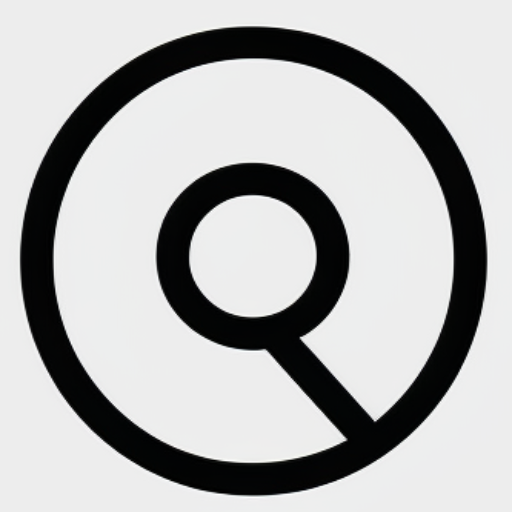The anabolic window is a concept in sports nutrition suggesting that there is a limited time period after exercise, typically thought to be about 30 minutes, during which the body is optimally primed to accept nutrients (especially protein and carbohydrates) and use them to accelerate muscle recovery and growth.
Other names for the anabolic window are metabolic window, protein window, or post-workout window.
The main ideas behind the anabolic window concept are:
- Muscle Protein Synthesis: After resistance training, muscle protein synthesis (the process of building new proteins) is increased. Consuming protein, especially sources rich in the amino acid leucine (like whey protein), can further elevate muscle protein synthesis rates.
- Glycogen Replenishment: Glycogen is the stored form of glucose in muscles and liver. Intense workouts, especially those that are endurance-based, can deplete these stores. Consuming carbohydrates post-workout is believed to help replenish glycogen stores more efficiently.
- Increased Insulin Sensitivity: Physical activity can make muscles more sensitive to insulin. This heightened sensitivity can help drive nutrients into muscle cells more effectively post-workout.
However, while the immediate post-workout period is indeed a time when the body is primed for recovery, recent research has shed some light on the rigidity of this window:
- Duration: The “30 minutes to 2 hours” guideline is not strict. The window of opportunity for nutrient uptake can be much longer, especially if an individual had a pre-workout meal. Sarah Katz from the Georgia State University for example concluded that the anabolic window might be as long as five to six hours.
- Total Daily Intake: While nutrient timing can play a role, the total daily intake of protein and other nutrients is arguably more important for most people. For instance, if someone meets their protein and calorie needs over the course of a day, the exact timing becomes less critical.
- Individual Needs: The importance of the anabolic window can vary based on the individual, the type and intensity of the exercise, and the person’s goals. The recommended amount of protein to consume surrounding training is 0.4-0.5 g/kg of lean body mass. For most individuals, 20-40 grams of protein is adequate.1
In summary, while there’s a biological basis for the idea that the body can more effectively use nutrients post-exercise, the strictness and importance of the anabolic window concept have been somewhat relaxed based on newer research.
In fact, there’s no hard scientific proof that the anabolic window actually exists.
Kirsten Nunez wrote an in-depth piece on the subject, in which she reviewed and linked to multiple scientific studies on the subject, and concluded:
According to research, the 30-minute anabolic window doesn’t exist, meaning that a later post-workout meal won’t significantly hinder muscle growth. This suggests that eating protein and carbs immediately after exercise isn’t critical for maximum gains.
Eat your post-workout meal when it works for you. This could be before training, right after, or later on. The exception is if you train in a fasted state, which means you should have a post-workout meal soon after.
What Is an Anabolic Window? Healthline
That being said: So many people that work out and are in great shape take their protein within the anabolic window. Even if there’s no indisputable scientific proof to confirm that this is indeed the optimal time to take protein, personally I figure: Why not emulate what people who get the outcome I want do? It doesn’t cause any inconvenience, it’s definitely not detrimental, so as fas as I’m concerned, I’ll keep taking my protein 30 minutes post-workout.
- Fact or Fiction: The Anabolic Window, Sarah Katz, Georgia State University ↩︎

